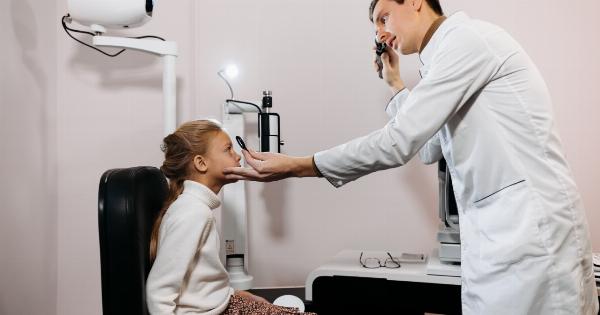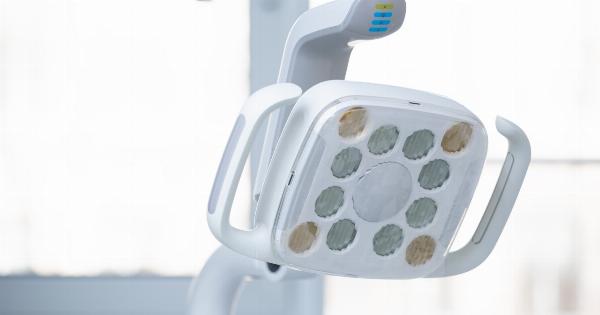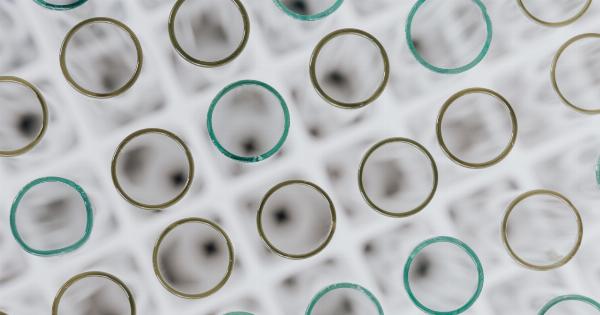Cataracts are a common age-related eye condition that causes the lens of the eye to become cloudy, leading to blurry vision and difficulty in focusing.
This condition can significantly impact an individual’s quality of life, making it difficult to perform daily activities such as driving, reading, or even recognizing faces. However, thanks to advancements in medical technology, cataract surgery has become a highly successful procedure with minimal risks and improved outcomes.
In this article, we will explore the cutting-edge techniques and technologies used in cataract surgery that have revolutionized the way this condition is treated.
1. Phacoemulsification – The Gold Standard
Phacoemulsification has emerged as the gold standard technique for cataract surgery. It involves making a small incision in the cornea and using ultrasound energy to break up the clouded lens into tiny pieces.
These fragments are then safely removed from the eye, allowing for the placement of an artificial intraocular lens (IOL) that restores clear vision. This minimally invasive procedure offers quicker recovery times, reduced inflammation, and better visual results compared to traditional extracapsular cataract extraction.
2. Femtosecond Laser-Assisted Cataract Surgery (FLACS)
Femtosecond Laser-Assisted Cataract Surgery (FLACS) is a cutting-edge technique that utilizes a femtosecond laser to perform precise, automated steps of cataract surgery.
This technology allows surgeons to create precise incisions in the cornea, fragment the cloudy lens with laser energy, and soften the cataract for easier removal. FLACS ensures higher accuracy, reproducibility, and safety during cataract surgery, enhancing visual outcomes and reducing the risk of complications.
3. Premium Intraocular Lens Options
Traditionally, cataract surgery involved replacing the cloudy lens with a monofocal intraocular lens (IOL), which only provided clear vision at a single fixed distance.
However, recent advancements have introduced premium IOLs that offer a range of focusing abilities, reducing the dependence on glasses or contact lenses after surgery. Some of these cutting-edge IOLs include:.
• Multifocal IOLs: These lenses feature multiple zones with different focal lengths, enabling clear vision at various distances, including near, intermediate, and distance vision.
• Accommodating IOLs: These lenses have the ability to shift and move with the natural movements of the eye’s ciliary muscle, allowing individuals to focus at different distances.
• Toric IOLs: These specialized lenses correct astigmatism, a common vision problem, in addition to restoring clear vision after cataract removal.
4. Enhanced Imaging and Biometry
Precise measurement of the eye’s dimensions and corneal curvature is crucial for selecting the appropriate power and type of IOL for optimum results.
Advanced imaging systems, such as optical coherence tomography (OCT) and intraocular lens master (IOLMaster), provide detailed visualization of the eye’s structures and accurate biometric measurements. This technology ensures better IOL power calculations, resulting in improved refractive outcomes and reduced post-operative complications.
5. Microincision Cataract Surgery
Microincision cataract surgery (MICS) involves making smaller incisions (less than 2 mm) compared to traditional cataract surgery.
These smaller incisions promote faster healing, reduce induced astigmatism, lessen surgically induced corneal aberrations, and result in improved stability of the ocular surface. MICS enables quicker visual recovery, decreased post-operative discomfort, and improved patient satisfaction.
6. Use of Ophthalmic Viscoelastic Devices (OVD)
Ophthalmic Viscoelastic Devices (OVDs) are gel-like materials used during cataract surgery to protect the delicate tissues of the eye, maintain the anterior chamber, and facilitate maneuverability of surgical instruments.
These substances provide excellent space maintenance, reduce post-operative inflammation, and ensure better IOL centration and stability. Cutting-edge OVDs offer improved safety profiles, longer-lasting effects, and reduced complications.
7. Image-Guided Surgical Systems
Image-guided surgical systems, such as the VERION™ Digital Marker, assist surgeons in precise pre-operative planning and intraoperative guidance.
These systems use advanced imaging techniques to create a digital fingerprint of the eye, allowing accurate alignment and positioning of surgical incisions and IOLs. Image-guided surgical systems improve surgical accuracy, reduce errors, and enhance outcomes in cataract surgery.
8. Customized Astigmatism Correction
Astigmatism is a common refractive error that can coexist with cataracts, causing blurred or distorted vision. Advanced techniques, such as toric IOLs and limbal relaxing incisions (LRI), offer customized astigmatism correction during cataract surgery.
By precisely addressing astigmatism, these techniques provide better visual outcomes and reduce dependence on corrective lenses after surgery.
9. Optimized Post-operative Care
Cutting-edge cataract surgery extends beyond the operating room, emphasizing optimized post-operative care.
Surgeons often prescribe novel medicated eye drops, such as nonsteroidal anti-inflammatory drugs (NSAIDs) and steroid formulations, to reduce inflammation, pain, and the risk of complications. Additionally, specialized contact lenses, such as bandage contact lenses, may be used to promote corneal healing and enhance visual recovery.
10. Evolving Technologies
The field of cataract surgery continues to evolve, and numerous ongoing research studies focus on developing new techniques and technologies to further enhance outcomes.
Some areas of research include the use of artificial intelligence (AI) for pre-operative planning, robotic-assisted cataract surgery, and advanced drug delivery systems to prevent common complications of surgery.





























